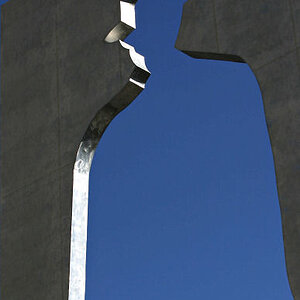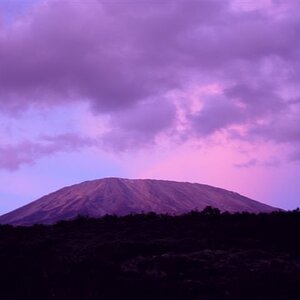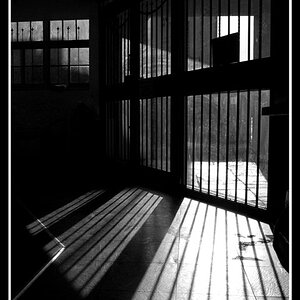OxfordJames
TPF Noob!
- Joined
- Aug 23, 2022
- Messages
- 1
- Reaction score
- 0
- Can others edit my Photos
- Photos NOT OK to edit
Hi everyone,
I've always loved taking photos and slowly looking to move away from digital to analogue again - I want my daughter to have photos to look through when she's older like I can of my parents.
Unfortunately both my parents have now passed. When looking through old photos I found an album containing Polaroids (I think?) of a trip my dad went on, I think with his school (also my school).
I would love to find out the film and maybe type of camera that was used as I would like to retrace his steps and recreate the photos as best I can.
The photos are square with a white border, with 'A Kodak Paper' watermarked on the back multiple times and then in red is the Kodak logo and what looks like the print info. The only bit I can make out is 'Aug'. The photos were probably taken mid 70s, maybe 74/75. The front of the photos (colour btw) have two small black dots on the left hand side, like a snakebite. I have attached photos.
Many many thanks in advance for reading my ramble and any help. I am completely new to all this so apologies if it's an obvious solution.
James
I've always loved taking photos and slowly looking to move away from digital to analogue again - I want my daughter to have photos to look through when she's older like I can of my parents.
Unfortunately both my parents have now passed. When looking through old photos I found an album containing Polaroids (I think?) of a trip my dad went on, I think with his school (also my school).
I would love to find out the film and maybe type of camera that was used as I would like to retrace his steps and recreate the photos as best I can.
The photos are square with a white border, with 'A Kodak Paper' watermarked on the back multiple times and then in red is the Kodak logo and what looks like the print info. The only bit I can make out is 'Aug'. The photos were probably taken mid 70s, maybe 74/75. The front of the photos (colour btw) have two small black dots on the left hand side, like a snakebite. I have attached photos.
Many many thanks in advance for reading my ramble and any help. I am completely new to all this so apologies if it's an obvious solution.
James


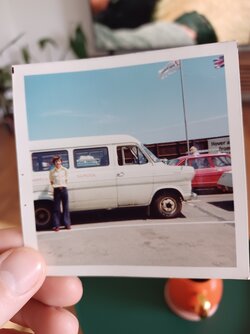
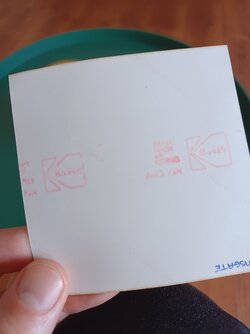





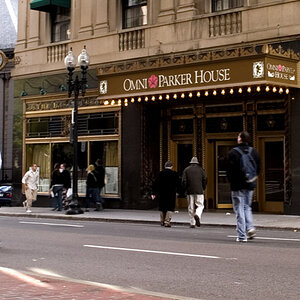
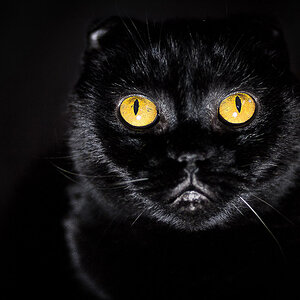
![[No title]](/data/xfmg/thumbnail/31/31045-f4eb92f5d5eaca89ec5966763eea2dae.jpg?1619734585)

